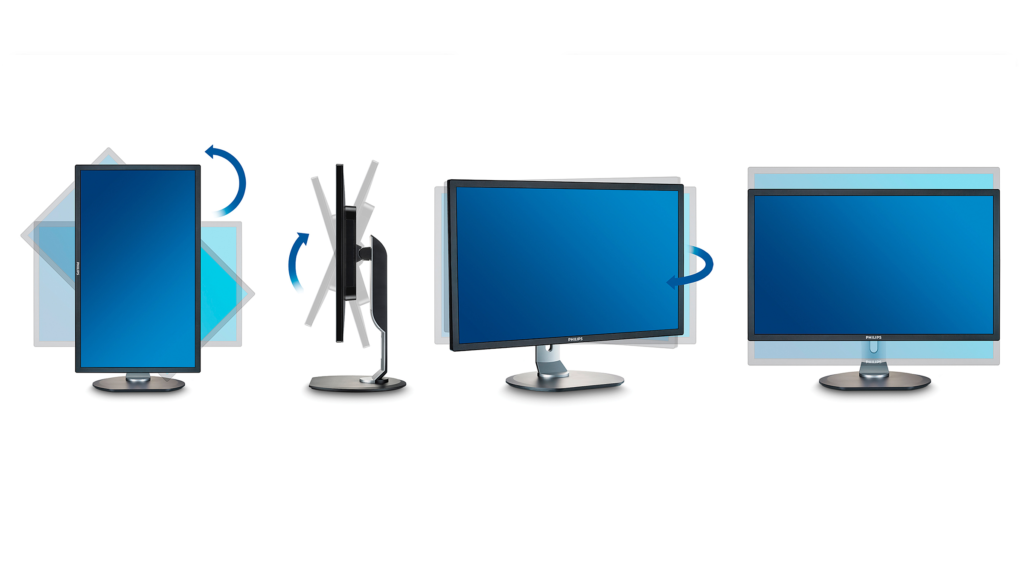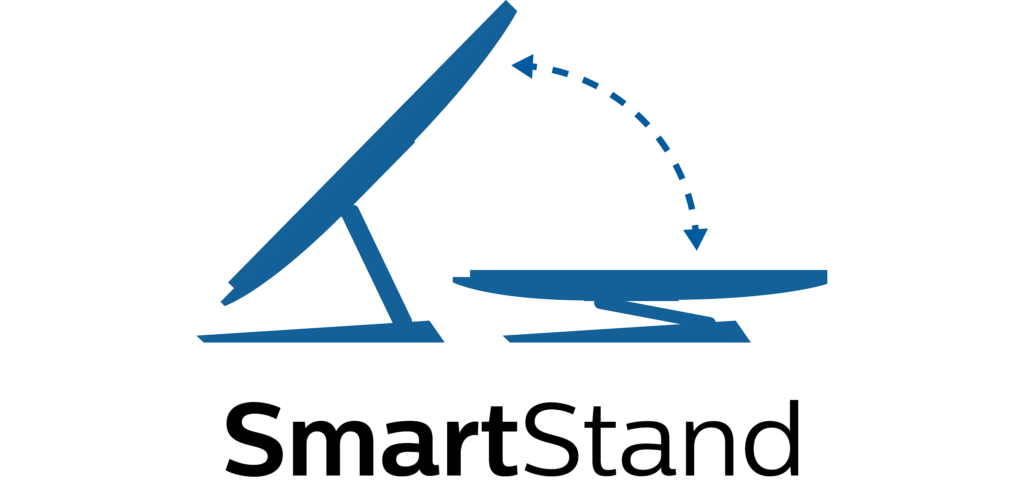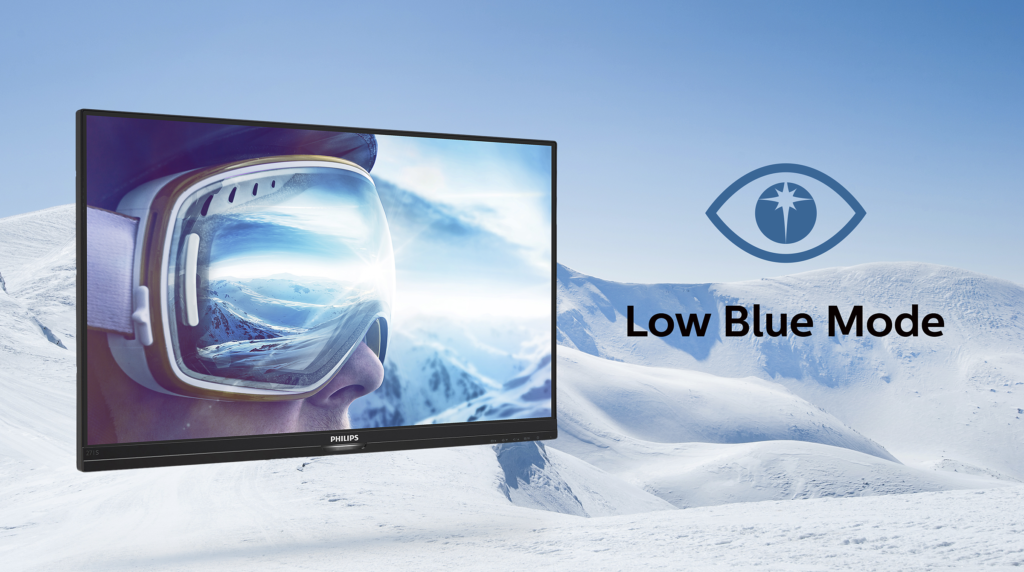Technology explained – Ergonomics

Almost every day, we experience staying in front of a monitor for many hours, either for work or pleasure. We sit, we even don’t realise time is passing, and neither pay attention to the height and position of the monitor which in the end could even drive to musculoskeletal disorders or eyes strain.
How to prevent this? There is a wealth of material explaining how often you should get up, move your head, or take a walk, that should be put in practice, but are often underestimated. Therefore, we make a summary of the key features that are designed to ensure users’ wellness in front of a monitor, let’s take a look together.
Up and down
When using a monitor, the height of the display affects much of your posture. The top of the display should be positioned in line with your eyebrows, so users have an uptight viewing angle without over stretching or lowering their heads and necks. A height-adjustable stand would provide you the option of personalising your own working experience for better ergonomics
For a more comfortable working day, your monitor should “work” for you! It’s not only a matter of adjusting itto the eye level, but you also should consider other important features like tilt and rotation. Many of us tend to tilt our head forward 15 degrees[1] due to the frequent use of mobiles, which actually double the amount of pressure on our neck as the weight of our head doubles.

Hence with the SmartErgoBase feature that many Philips monitors are equipped with, users can avoid having to turn their necks nor adding extra pressure to the muscles. The user-friendly height, swivel, tilt and rotation angle adjustments of the base, allow the monitor to be positioned for a maximum comfort to help ease the physical strains of a long workday. Want an example? Have a look to the Philips 272B1G monitor, it have it all.
Moreover, many of us don’t work in front of a desk, but in a retail shop, supermarket and others, using touch displays for a faster productivity. Well, in this case too, comfort shouldn’t be only an option.
A flexible stand makes it easy for you to set the display in upright position, recline it backwards for taking notes, and even allows you to put the screen almost flat on the table for some applications. There is a wide portfolio of Philips Touch monitors, featuring a Z-type structure with smooth tilt, height adjustment and folding capabilities which enable you to use it in different but always ergonomic positions. Check the latest update here and choose the best option for you.

Watch and relax
As said in the beginning, using a monitor for long hours can easily lead to eye fatigue. While keeping the monitor at the right distance (according to the display size) and paying attention to the light sources around you are the basics, there are a few additional features that could bring more comfort to the eyed. For instance, the Low Blue Mode and Flicker-Free technologies.

Screens, whether on the monitor or smartphones, often produce large amount of blue light, which could be harmful in long-term usage. When buying a display, you should take into account the visual issues caused by blue light waves and select a monitor designed to reduce blue light effects. Philips monitors meet its users’ needs featuring the LowBlue Mode setting, that uses a smart software technology for easy on the eye productivity.
Image flicker is another factor causing eye strain. Most LCD monitors come with pulse-width modulation (PWM) technology for brightness control: it allows one to rapidly turn the backlight unit off and on to simulate a lower perceived luminance for the user.

With brightness at 100%, the backlight is continuous, so the backlit is not cycled. However, when brightness is lowered, the PWM starts working, and if the on/off cycling has low frequency, it makes the flicker more noticeable and bothersome to human eyes. This may not seem to be causing immediate effects but in an extended period, it will cause eye fatigue.
The Flicker Free technology, therefore, makes use of direct current modulation to control the brightness setting, which in turn delivers a constant stream of light across all brightness levels.
Choosing a monitor with Flicker-Free technology, could help in having a better viewing experience. Philips monitors proudly include this technology that regulate brightness and reduce flicker for more comfortable viewing with most of the products.
Last, but not least, for Touch Monitors, look for the Anti-Glare Coating (abbreviated AG) which reduces the glare of your touch monitor screen by preventing sun and light glare. Thanks to this, you don’t need any additional films to benefit from comfort for your eyes in indoor or environments with lights targeting directly to the monitor.
With the few tips mentioned above, having the correct posture in front of a monitor and the right technology will help you take better care of yourself. As most of us are glued to the computer for longer hours, it is essential to keep an eye out for better care of your ergonomics, which in the end, help not only in having a better physical comfort but also in boosting your productivity and performances.
[1] https://edition.cnn.com/2014/11/20/health/texting-spine-neck-study/index.html
